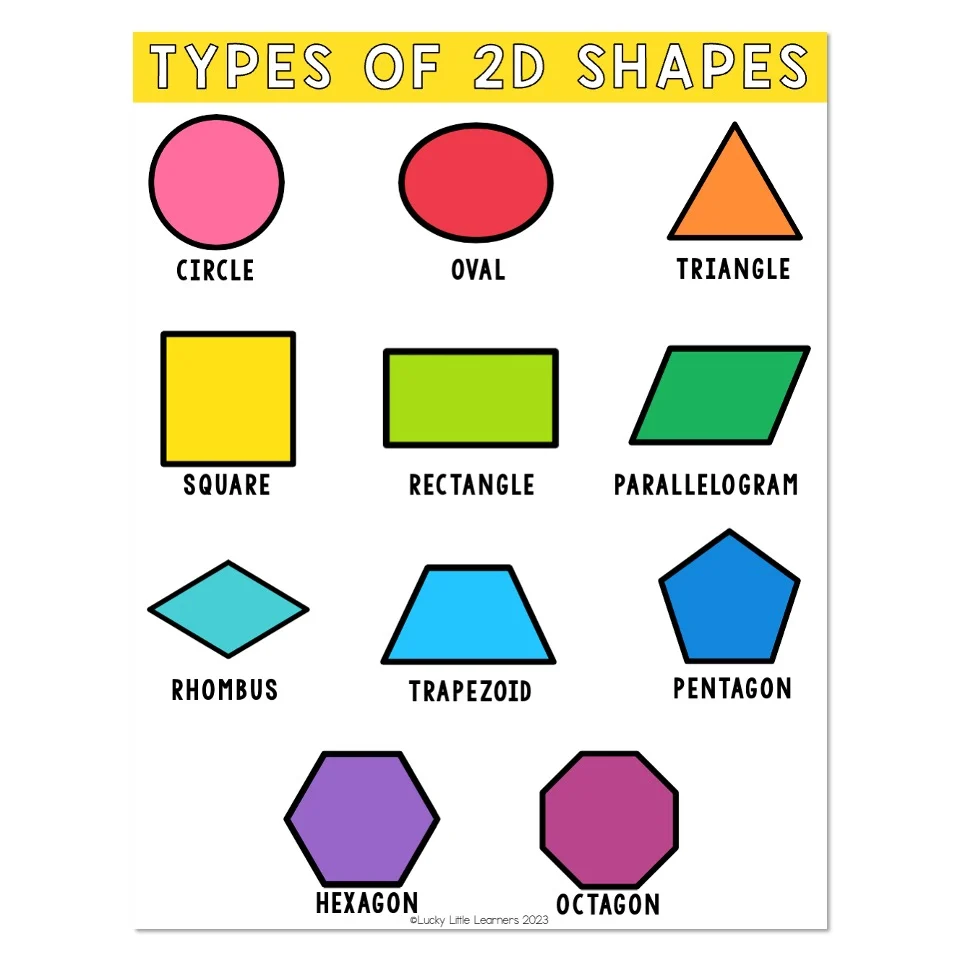2D Chart
- In Stock
A 2D chart refers to a graphical representation of data in two dimensions, typically displayed along two axes: the x-axis (horizontal) and the y-axis (vertical). These charts are widely used to present data visually and make it easier to understand patterns, trends, and relationships. There are several types of 2D charts, including: Bar Chart: Uses rectangular bars to represent data values. The length of each bar corresponds to the value it represents. Bar charts can be horizontal or vertical. Line Chart: Displays data points connected by straight lines, useful for showing trends over time or across categories. It's often used in time-series data. Pie Chart: A circular chart divided into sectors, each representing a proportion of the whole. Pie charts are best used for showing parts of a whole. Scatter Plot: Plots individual data points on a grid to display the relationship between two variables, often used to identify correlations or patterns. Area Chart: Similar to a line chart but with the area below the line filled with color, used to show cumulative totals over time. Histogram: A type of bar chart used to represent the distribution of numerical data, where data is grouped into ranges (bins). 2D charts are widely used in statistics, business, and various other fields to represent and analyze data in a simple, visually appealing format.






